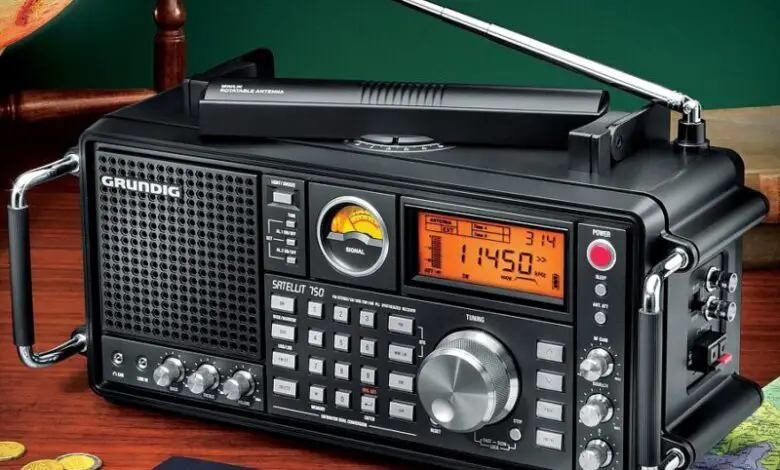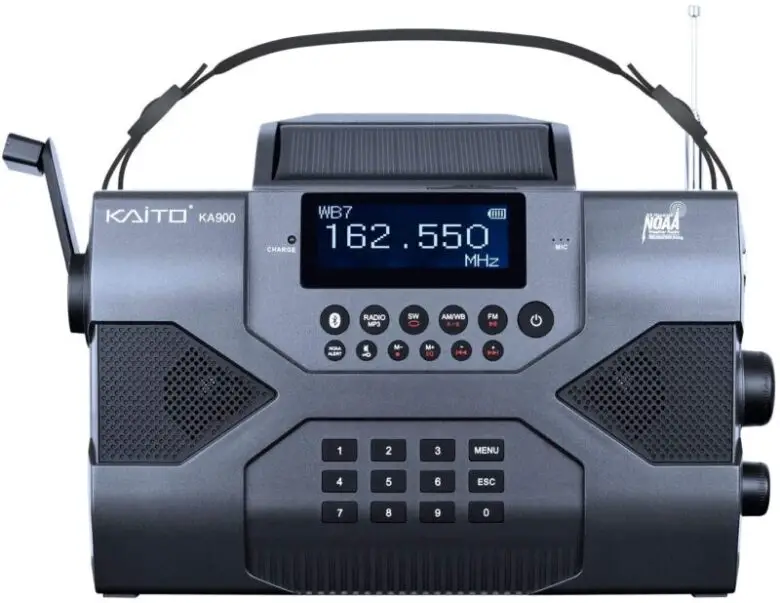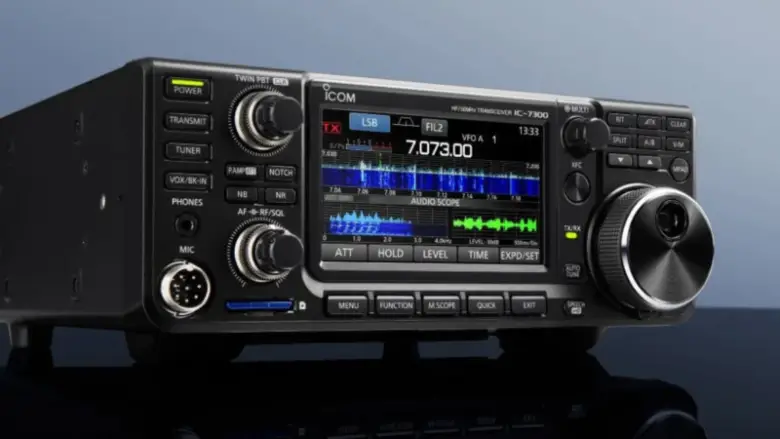Are Shortwave Radios Still Used?

Can you remember when you last listened to anything on shortwave radio? If you can’t, we’re not surprised. After all, unless it was some kind of special interest broadcast you couldn’t receive anywhere else, why would you put up with all that crackle and interference when you can just tune into a digital radio station or even listen via satellite, the internet or FM? Which is why it would seem a justified question to ask – are shortwave radios still used?
The thing is, while the above may be true for most people in the west. So, if you live in Vancouver, Madrid, New York, or even Manchester, it’s a different story if you live elsewhere. Consider people who live in Brazilian Amazonia, Kashmir, the far west of China, or even Indonesia, where many people still use shortwave radio.
The future of shortwave radio, and whether it has one or not, is something that is regularly discussed by the HFCC, but before we discuss that, let’s look at some fascinating facts about them and perhaps why it is still used and popular.

The international-serving shortwave program was used by many people in the past, particularly from around the time of the Cold War and onwards, as a way of obtaining free information. At that point, many of the biggest global broadcasters had costly and very energy-inefficient transmitters that operated without borders with this frequency band. The band covers frequencies 1.7 to 30mHz.
Shortwave has and always will be a little gem of a discovery. If it is beamed out at an angle, it hits the mirror-like ionosphere that runs around the earth, and then that beam falls over great distances like a ball. This means that transmissions over short-wave can cover large areas, not just countries, but continents, reaching listeners that other signals just can’t. Curiously, in theory, you only really need around two or three powerful enough transmitters to cover the whole planet.
Who Uses Shortwave?
It is used more than you may realize. It is not just radio amateurs and the bigger international stations that rely on shortwave. This frequency band is also used for emergencies and diplomatic, marine, and aviation purposes. Interestingly, these signals are not controlled or restricted by countries where they are received and because the frequencies change as the seasons change, they need to be internationally coordinated.
Which leads us onto the HFCC. The High-Frequency Coordination conference is a special non-profit, non-governmental organization that is a member of the ITU (International Telecommunication Union) that meets twice every year to plan out a fully coordinated schedule for the winter and summer seasons. During this meeting, they work through interference problems that broadcasters or countries may have and, at length, discuss shortwave radio’s future.
Why Shortwave Has Always Been Important
One reasoning that has always been used in favor of shortwave radio’s continued existence is the fact it transmits beyond the traditional political, religious, cultural, and geographical barriers that other mediums don’t. It is also completely free and consumers who use it can do so anonymously. However, it was around 20 years ago that one of the biggest shortwave radio players, the BBC made the decision to cut its transmissions of shortwave to areas and countries such as the US and the more developed parts, because those areas were sufficiently covered by FM and internet connections.
It wasn’t long until other big broadcasters, like Radio Exterior de Espana, Radio Australia, and Deutsche Welle followed suit.
The BBC still used shortwave for its Asian and African audiences. Currently, the main broadcasters using it in addition to the BBC are Voice of Turkey, KBS Korea, Radio Romania, Radio Japan, China Radio International, All India Radio, and Voice of America to name a few.
What is its Future?
Now, 20 years later since that first big reduction, shortwave and its future are being reconsidered. It’s not all bad news, though. Tying things back up to our opening points – many people throughout the world do not have smartphones, broadband, data plans, and enough disposable income to benefit from digital radio or other means of getting the information they need. That is why analog radio, to a great extent, remains resilient.
The main reason it is being placed high on the HFCC’s agenda is because there are old transmitters that are badly in need of upgrades and replacements. What’s more, as everything has switched to digital from analog, the transmitters are more efficient than they ever have been and can make potential savings of 80% on the bills for running them. It is for that reason that even analog transmitters for shortwave come DRM-ready or DRM-capable.
What is Currently Happening?
As of last year, the BBC was still using shortwave and enjoys huge audiences in African nations like Nigeria and even includes these broadcasts in different languages. Australia has been rethinking shortwave and whether it should start using it again to transmit to the various Pacific Islands who get their information and news from Australian broadcasters.
Radio Exterior in Spain has doubled the number of transmissions it makes since October 2018, also adding other languages beyond Spanish. Radio Moscow and Radio China have also had similar upgrades.
The Important Role of DRM

DRM was something of a godsend to shortwave, because, from its inception, it has proven to be a useful option for providing high-quality audio over shortwaves and even if kept relatively short, live videos over large distances without the crackling sound, fading, and other interference.
The technology available to the masses has also caught up. DRM receivers are now readily available that can receive shortwave transmissions and there are broadcasters, as we’ve discussed, who still use it and as long as the need to cover great distances in a reliable manner stands, shortwave radios are here to stay. If you are interested in more details, check www.crunchreviews.com as they have covered the best shortwave receivers on the market in great detail. It has been an interesting turn of events and funny how things have come full circle that finally shortwave’s place in international telecommunications and media is being reexamined and it is getting a lot of the appreciation it deserved.

Although it’s golden days may be behind it, shortwave radio still has a vital role to play and is actively used.
